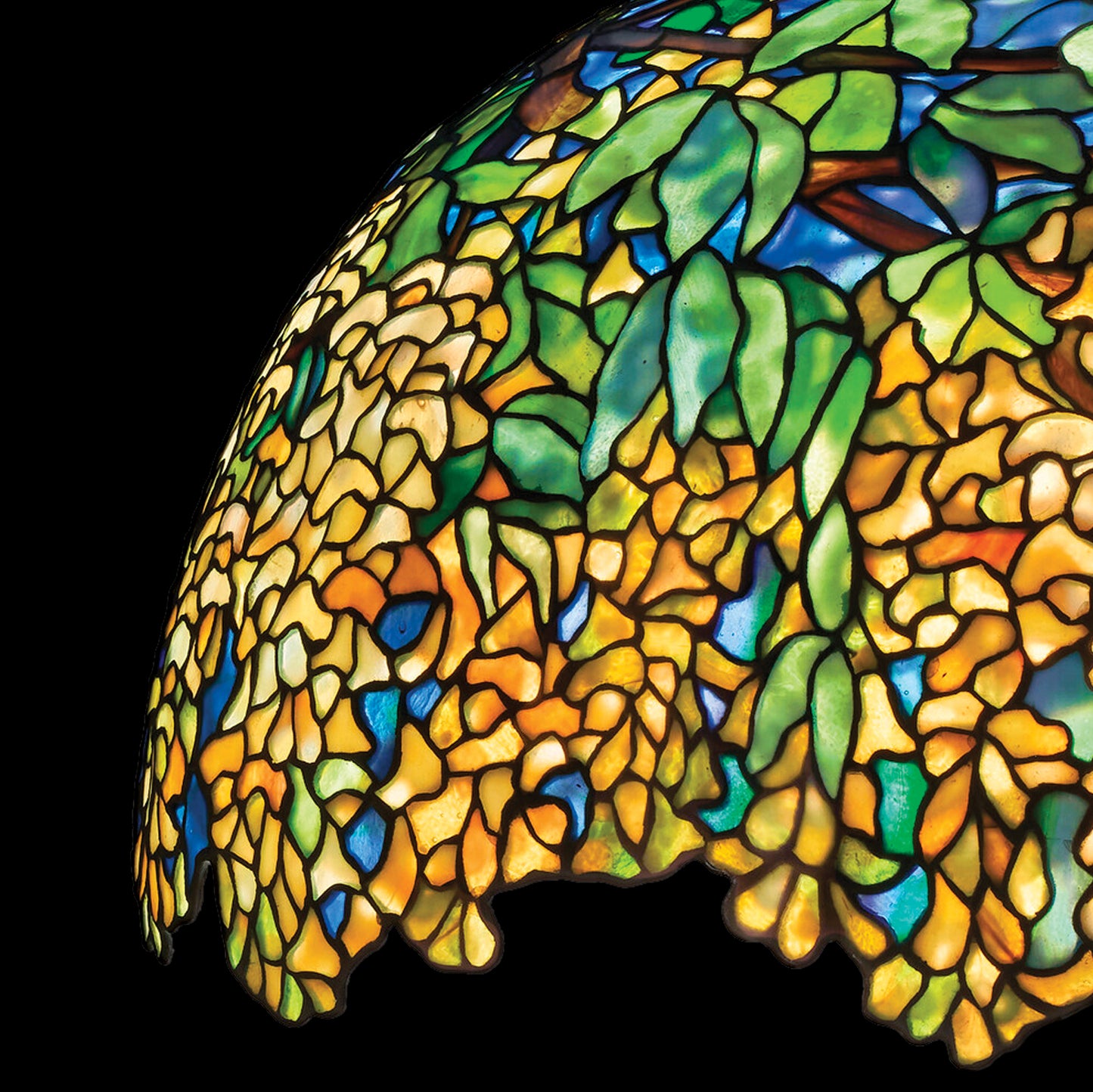The early 20th century saw an increased interest in Antarctic exploration, highlighted by the famous expeditions of Jean-Baptiste Charcot, a pioneering French explorer whose 1908–1910 voyage aboard the Pourquoi Pas? charted much of the Antarctic coastline and provided valuable insights into the continent's geography and wildlife. These expeditions captivated the public’s imagination, making penguins synonymous with the mysterious and remote polar regions. In the year of this vase's creation, an extensive account of the 1926 expedition of the Pourquoi Pas? appeared in several November and December issues of a local newspaper, Le Telegramme des Vosges, under the signature of René d’Avril, a prominent regional writer: “De Cherbourg au Groënland, Les impressions d’un savant nancéien qui fit partie de l’expédition Charcot”22 were the chronicled souvenirs of Paul Rémy, a zoologist from the university of Nancy. Paul Rémy had been one of four scientists from Nancy among Charcot’s collaborators in his Arctic endeavours, along with Pierre Bailly, a geologist, and Raymond Chevallier, a physicist. This explains in part the special interest the public from Nancy took in Charcot’s explorations in the second half of the 1920s. Gallé’s vase not only captures the allure of these penguins but also reflects the period's artistic fascination with nature and exploration.


























